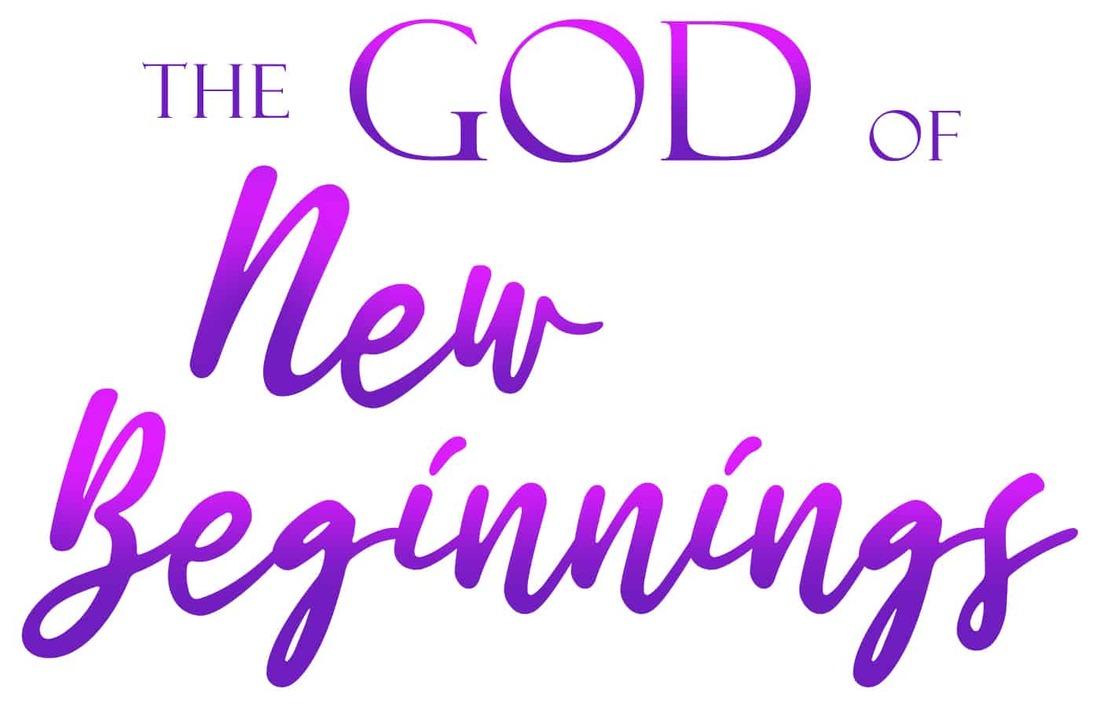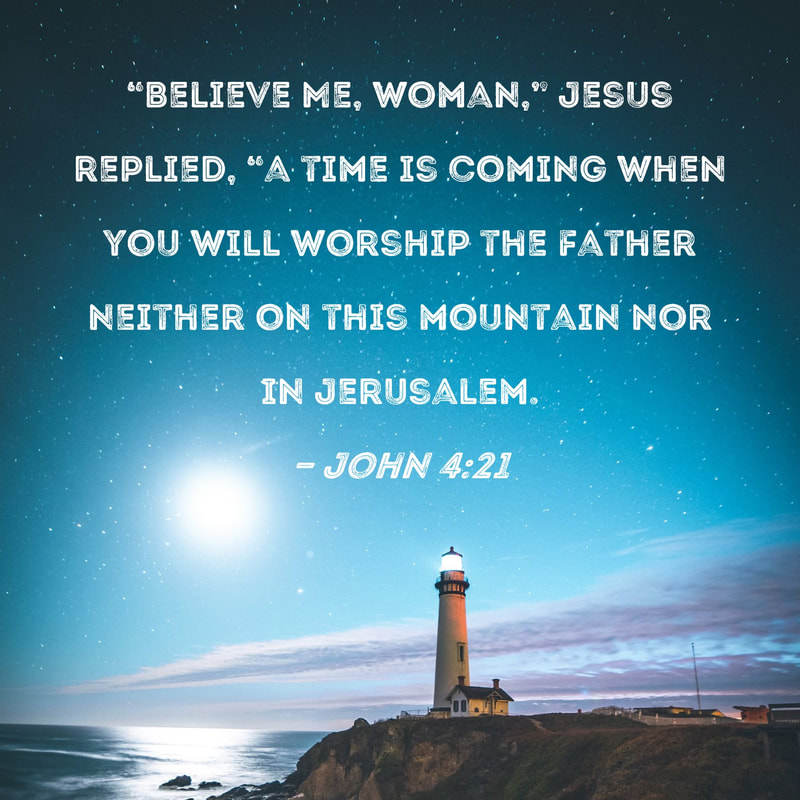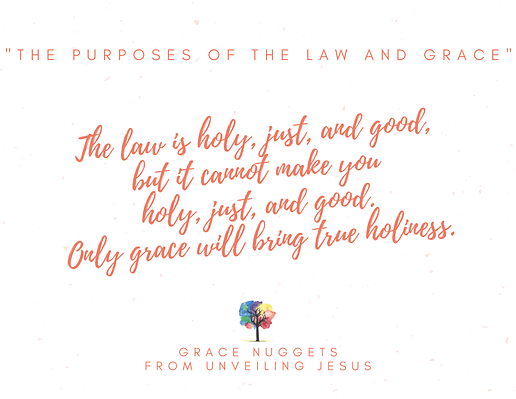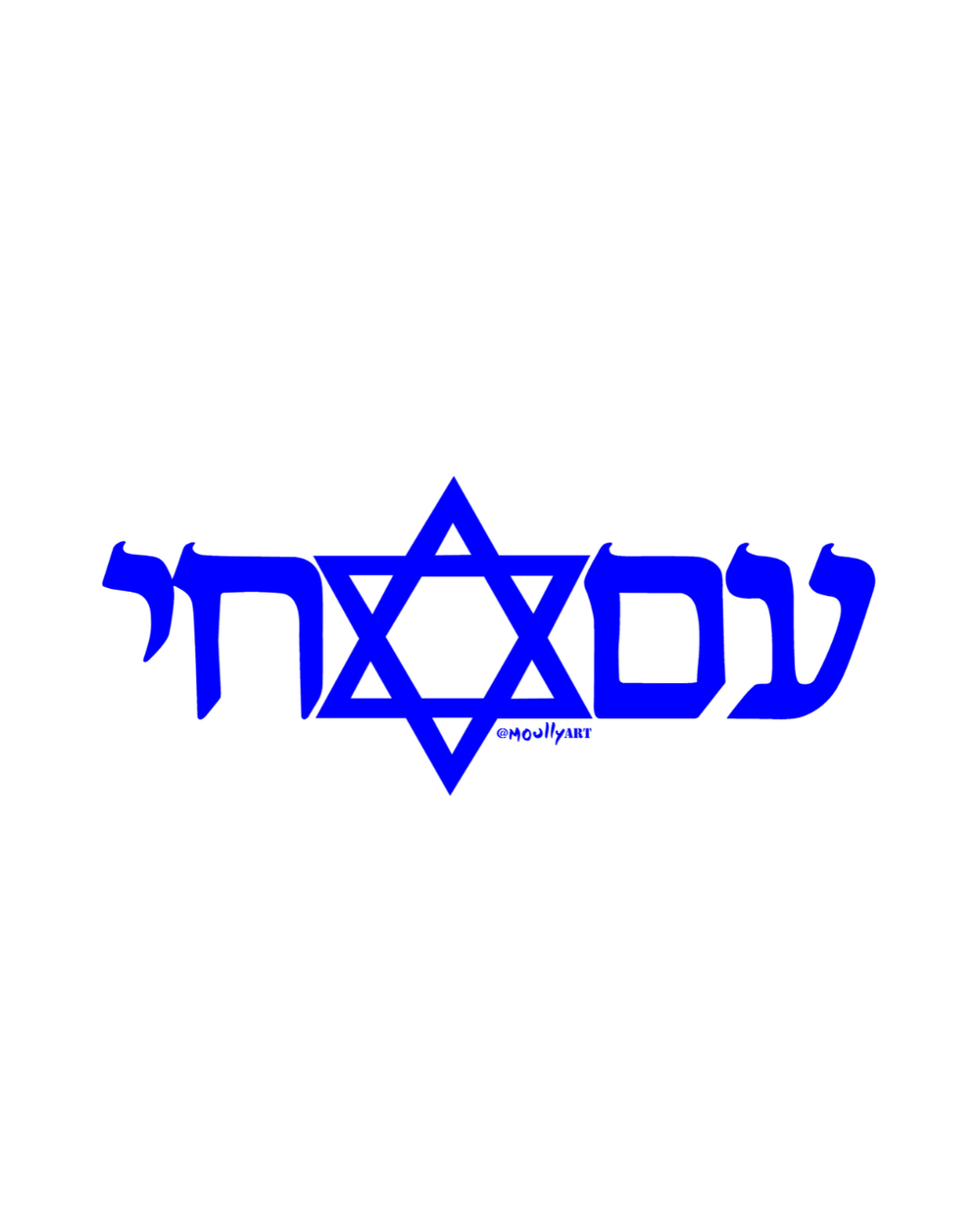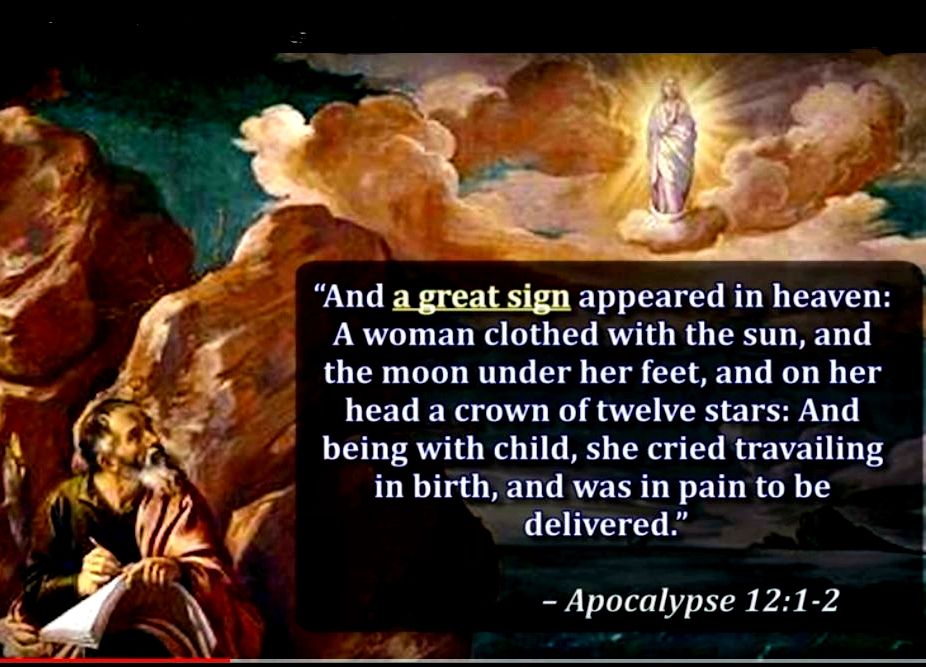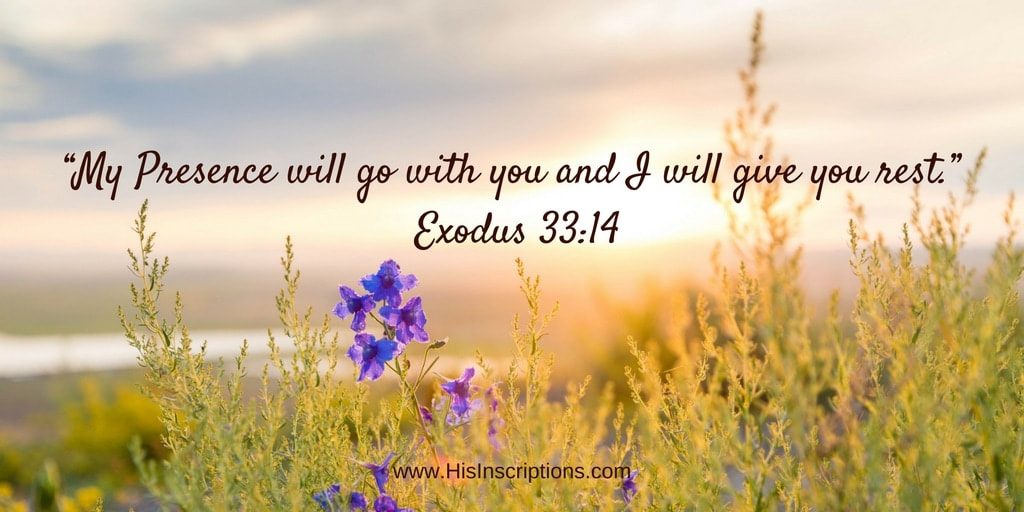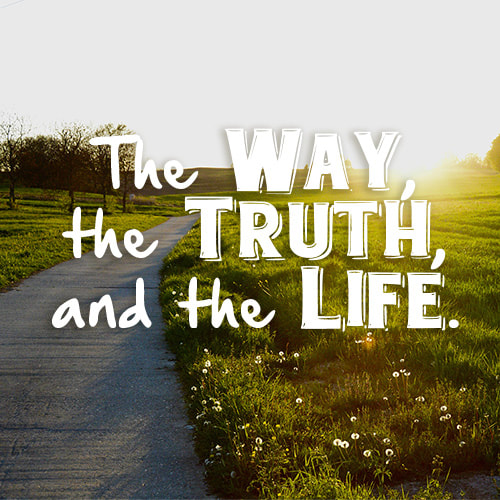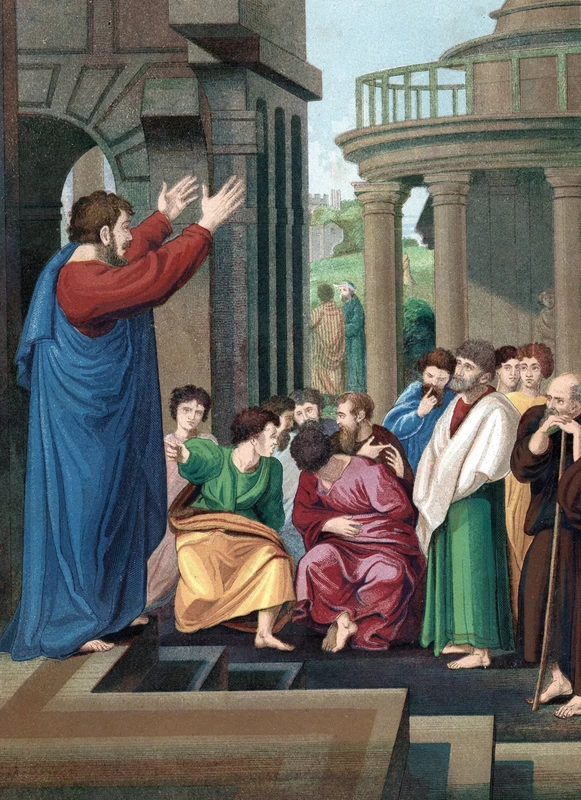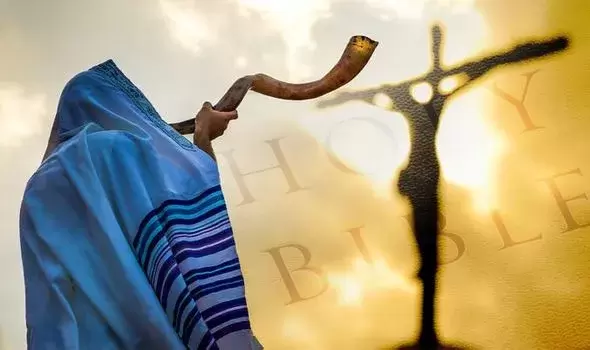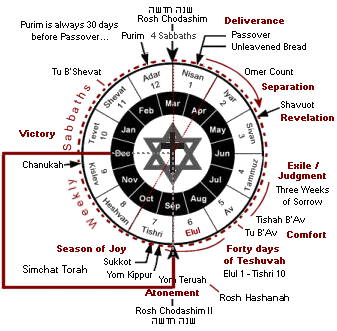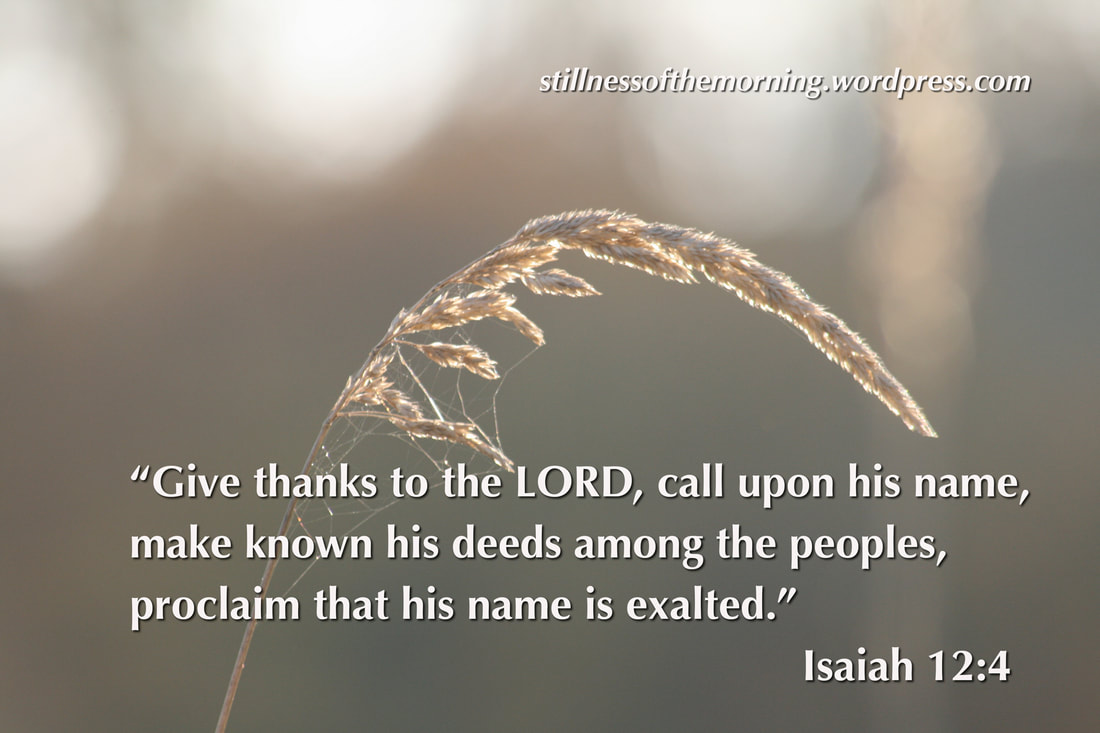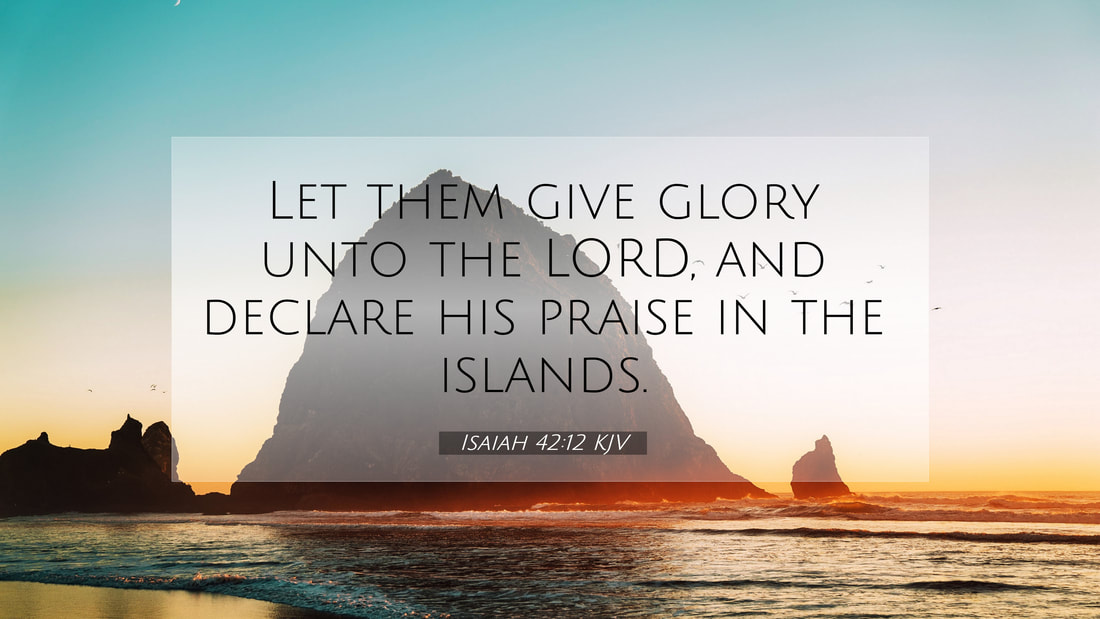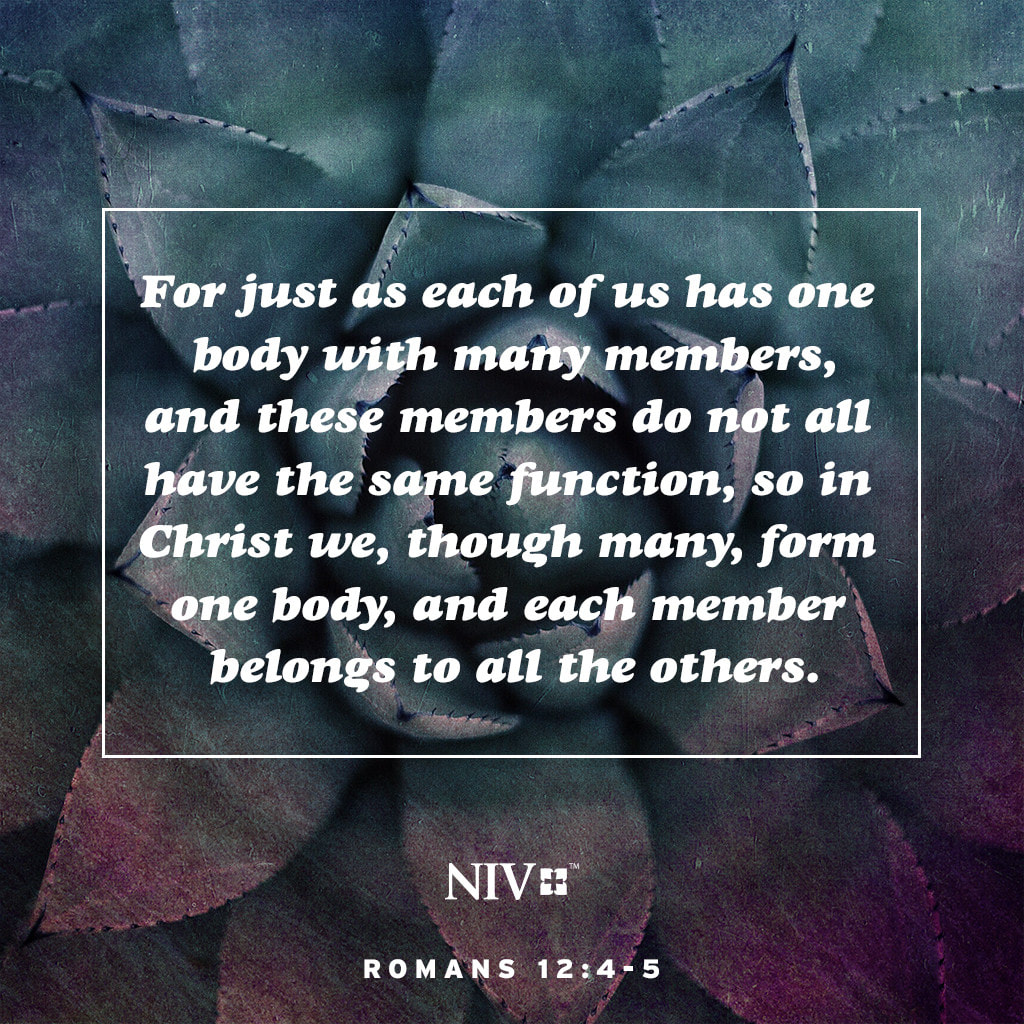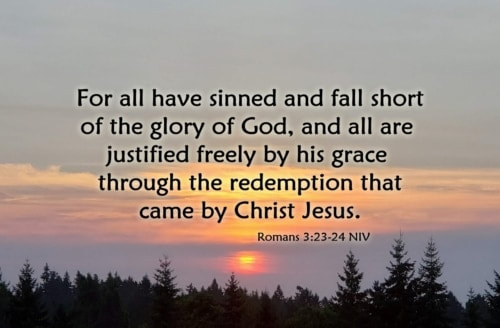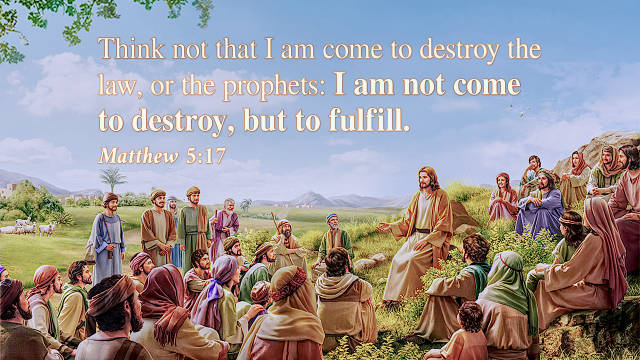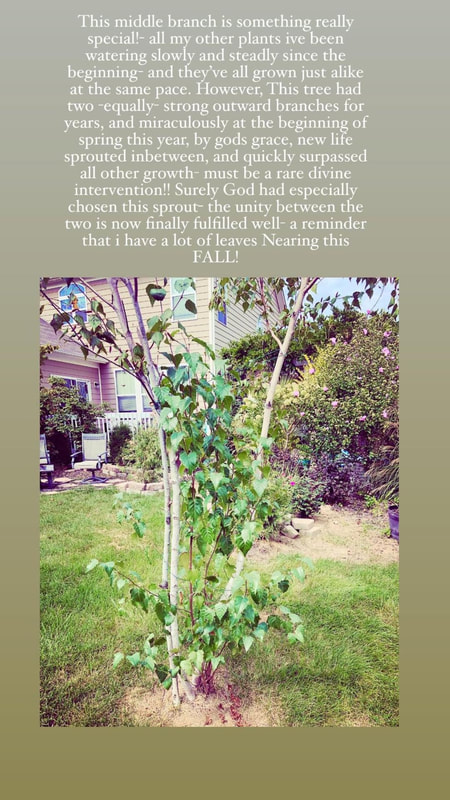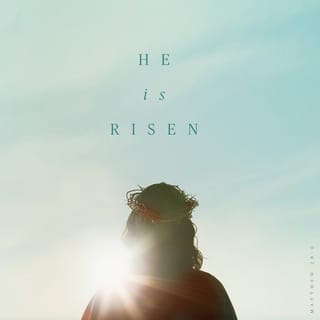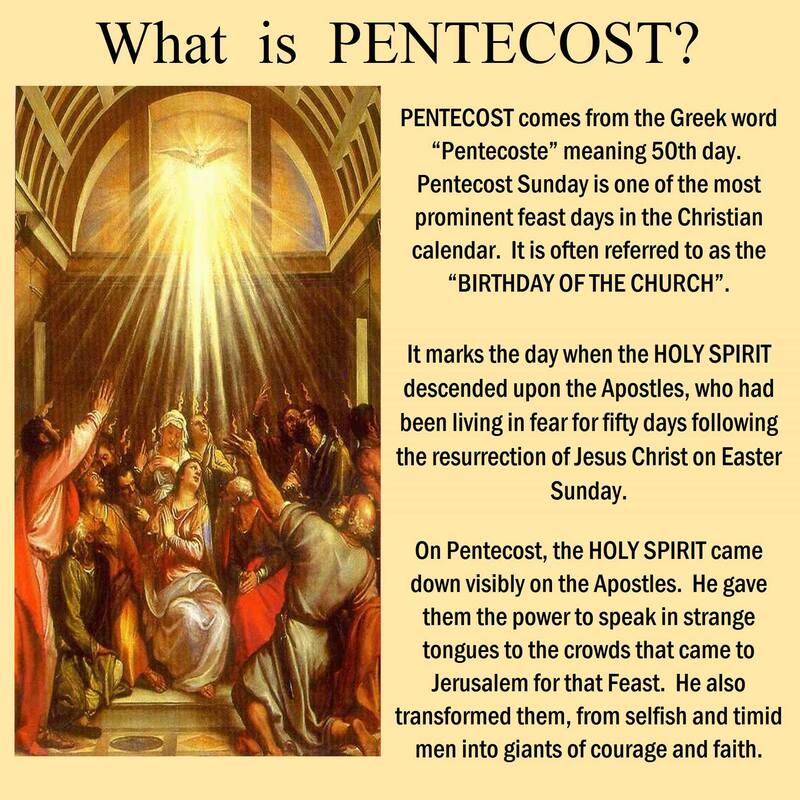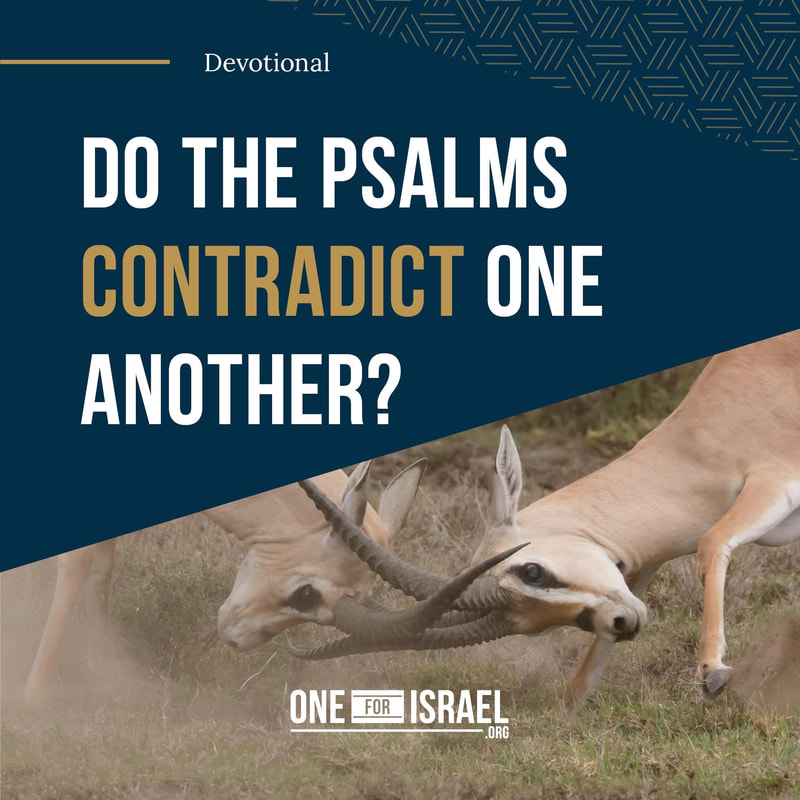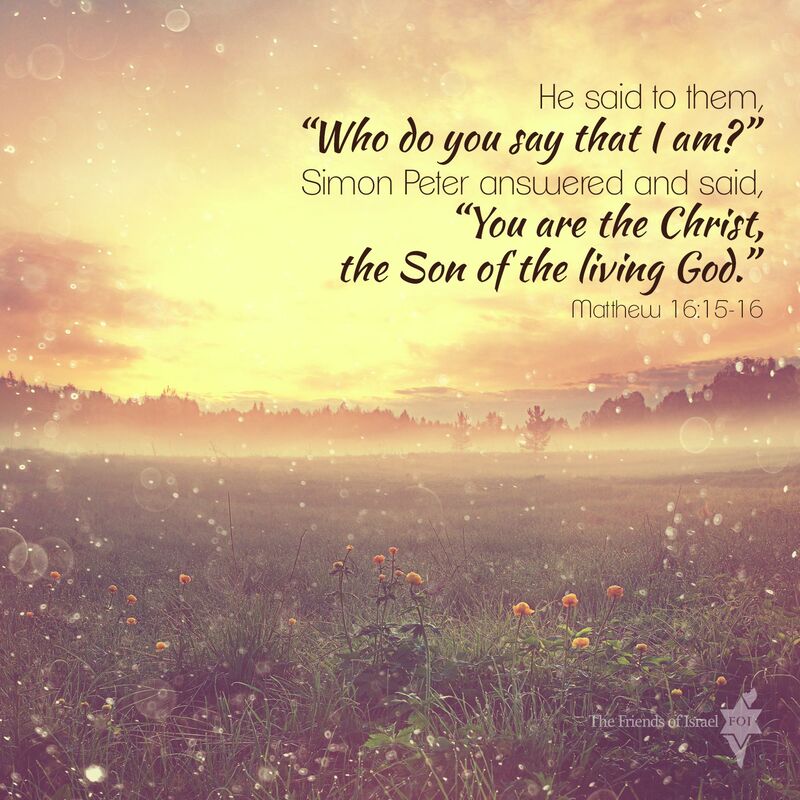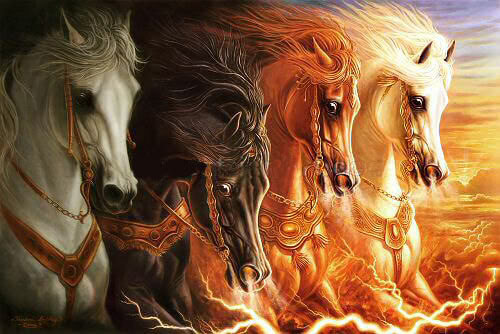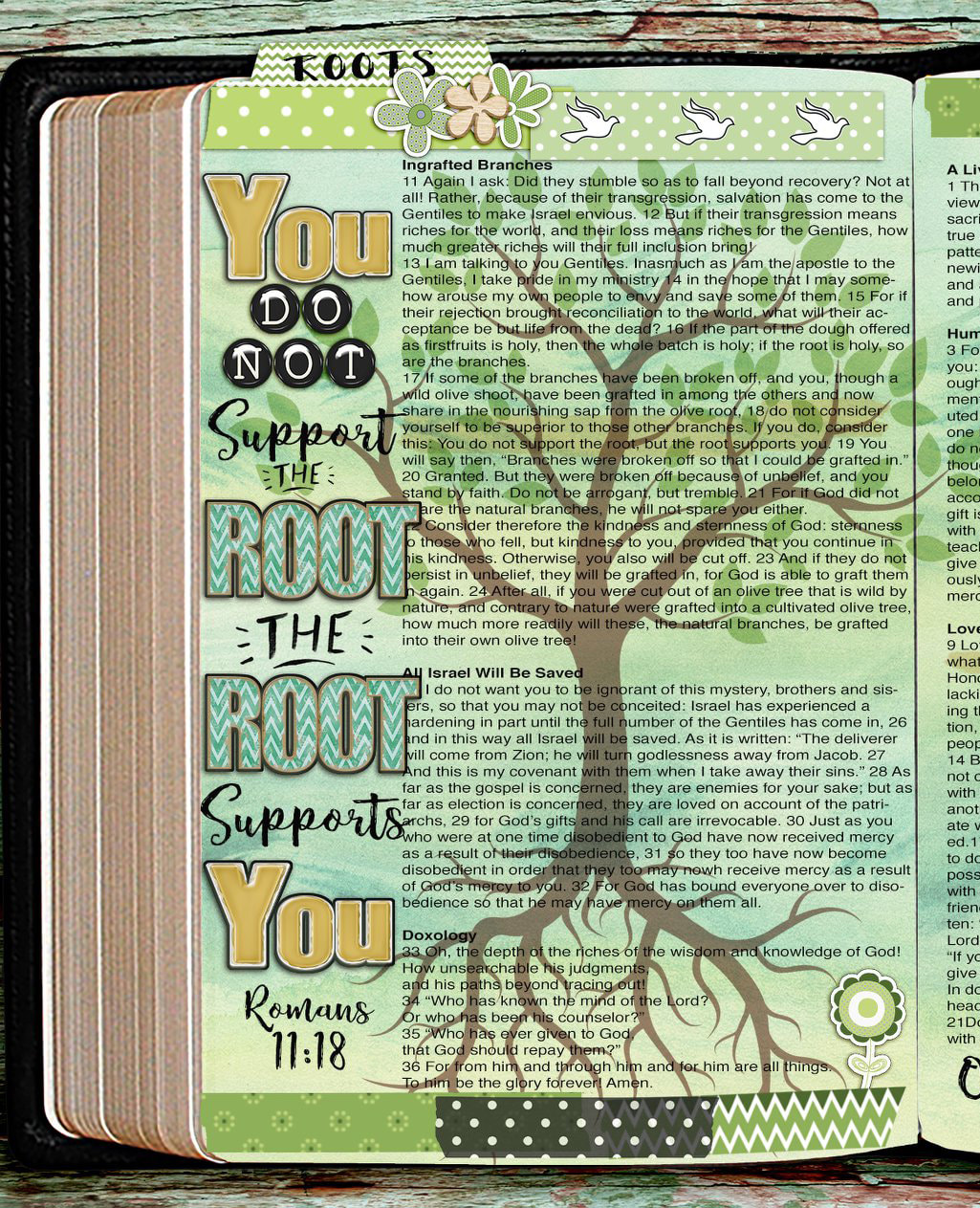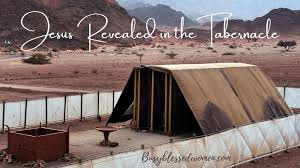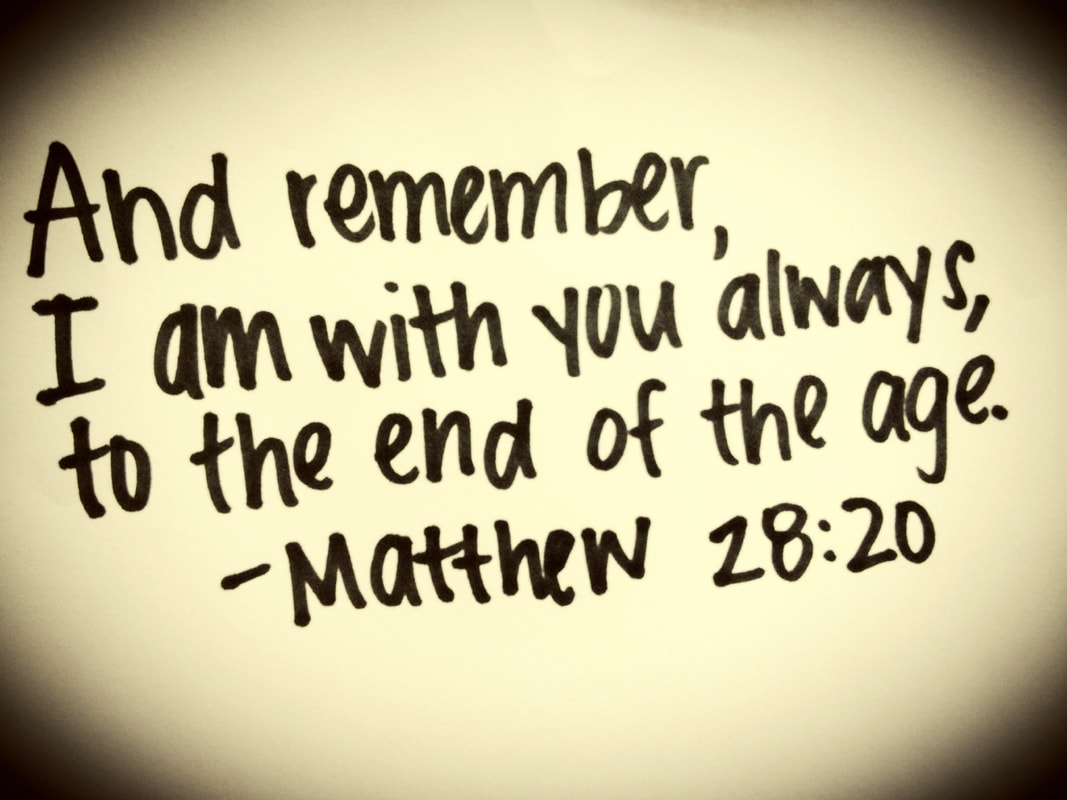Paul and Revelation: Building the unified, multi-ethnic church
- The biblical world was multi-ethnic, and numerous different ethnic groups, including Black Africans, were involved in God’s unfolding plan of redemption.
- All people are created in the image of God, and therefore all races and ethnic groups have the same equal status and equal unique value.
- Inter-ethnic marriages are sanctioned by Scripture when they are within the faith.
- The gospel demands that we carry compassion and the message of Christ across ethnic lines.
- The NT teaches that as Christians we are all unified together “in Christ,” regardless of our differing ethnicities. Furthermore, our primary concept of self-identity should not be our ethnicity, but our membership as part of the body and family of Christ.
- The picture of God’s people at the climax of history depicts a multi-ethnic congregation from every tribe, language, people, and nation, all gathered together in worship around God’s throne.
At the center of Paul’s theology is the doctrine of justification by faith. That is, believers are forgiven their sins and are justified before God by the grace of God through faith in Christ. Yet Paul also develops the consequential and practical outworking of this doctrine. Since we all come before God based on what Christ has done for us rather than what we have done, then we are all equal before him. Paul stresses this in passages such as Galatians 3:28, “There is no Jew or Greek, slave or free, male or female; you are all one in Christ Jesus.” The slightest notion of ethnic superiority is a denial of the theological reality of justification.
Furthermore, Paul’s emphasis is not just on equality, but on unity. Thus in Colossians 3:11 he writes, “Here there is not Greek and Jew, circumcision and uncircumcision, barbarian, Scythian, slave and free; but Christ is all and in all.” Likewise in Ephesians 2:14-16 Paul stresses that in Christ groups that were formerly hostile (like the Jews and Gentiles) are now brought together in unity in one body.
Paul is not just commending toleration of other ethnic groups in the Church, he is teaching complete unity and common identity among the groups. He proclaims that we are all members of the same family, parts of the same body. Once we have been saved by faith and brought into Christ, then our perception of our self-identity must change, leading to a radical shift in thinking about other groups of people within the faith as well. Our primary identity now lies in the fact that we are Christians, part of Christ and his kingdom. This overshadows and overrides all other identities. Thus the primary identity for us, whether we are White Christians or Black Christians (or Asian or Latin American, etc.) is that we are Christian (“in Christ”).
This should dominate our thinking and our self-identity. We should now view ourselves as more closely related to Christians from other ethnicities than we are to non-Christians of our own ethnicity. We don’t just tolerate each other or “accept” each other; we realize that we are connected together into one entity as kinfolk, brothers and sisters of the same family, united and on equal footing before God, and only because of what God has done for us. This does not obliterate the reality of skin color or cultural differences. What it changes is where we look for our primary self-identity. Our ethnic distinctions should shrink to insignificance in light of our new identity of being “in Christ” and part of his family.
This unity is brought to a climax in the Book of Revelation. Central to the climactic consummation presented in Revelation is the gathering of multi-ethnic groups around the throne of Christ. Revelation 5:9 introduces this theme by proclaiming that Christ has redeemed people “from every tribe and language and people and nation.” This fourfold grouping (tribe, language, people, nation) occurs seven times in Revelation (5:9; 7:9; 10:11; 11:9; 13:7; 14:6; 17:15). In the symbolic world within the Book of Revelation the number four represents the world while the number seven represents completion. Thus the seven-fold use of this four element phrase is an emphatic indication that all peoples and ethnicities are included in the final gathering of God’s redeemed people around his throne to sing his praises.
Building the unified, multi-ethnic church
At the center of Paul’s theology is the doctrine of justification by faith. That is, believers are forgiven their sins and are justified before God by the grace of God through faith in Christ. Yet Paul also develops the consequential and practical outworking of this doctrine. Since we all come before God based on what Christ has done for us rather than what we have done, then we are all equal before him. Paul stresses this in passages such as Galatians 3:28, “There is no Jew or Greek, slave or free, male or female; you are all one in Christ Jesus.” The slightest notion of ethnic superiority is a denial of the theological reality of justification.
Furthermore, Paul’s emphasis is not just on equality, but on unity. Thus in Colossians 3:11 he writes, “Here there is not Greek and Jew, circumcision and uncircumcision, barbarian, Scythian, slave and free; but Christ is all and in all.” Likewise in Ephesians 2:14-16 Paul stresses that in Christ groups that were formerly hostile (like the Jews and Gentiles) are now brought together in unity in one body.
Paul is not just commending toleration of other ethnic groups in the Church, he is teaching complete unity and common identity among the groups. He proclaims that we are all members of the same family, parts of the same body. Once we have been saved by faith and brought into Christ, then our perception of our self-identity must change, leading to a radical shift in thinking about other groups of people within the faith as well. Our primary identity now lies in the fact that we are Christians, part of Christ and his kingdom. This overshadows and overrides all other identities. Thus the primary identity for us, whether we are White Christians or Black Christians (or Asian or Latin American, etc.) is that we are Christian (“in Christ”).
This should dominate our thinking and our self-identity. We should now view ourselves as more closely related to Christians from other ethnicities than we are to non-Christians of our own ethnicity. We don’t just tolerate each other or “accept” each other; we realize that we are connected together into one entity as kinfolk, brothers and sisters of the same family, united and on equal footing before God, and only because of what God has done for us. This does not obliterate the reality of skin color or cultural differences. What it changes is where we look for our primary self-identity. Our ethnic distinctions should shrink to insignificance in light of our new identity of being “in Christ” and part of his family.
This unity is brought to a climax in the Book of Revelation. Central to the climactic consummation presented in Revelation is the gathering of multi-ethnic groups around the throne of Christ. Revelation 5:9 introduces this theme by proclaiming that Christ has redeemed people “from every tribe and language and people and nation.” This fourfold grouping (tribe, language, people, nation) occurs seven times in Revelation (5:9; 7:9; 10:11; 11:9; 13:7; 14:6; 17:15). In the symbolic world within the Book of Revelation the number four represents the world while the number seven represents completion. Thus the seven-fold use of this four element phrase is an emphatic indication that all peoples and ethnicities are included in the final gathering of God’s redeemed people around his throne to sing his praises.
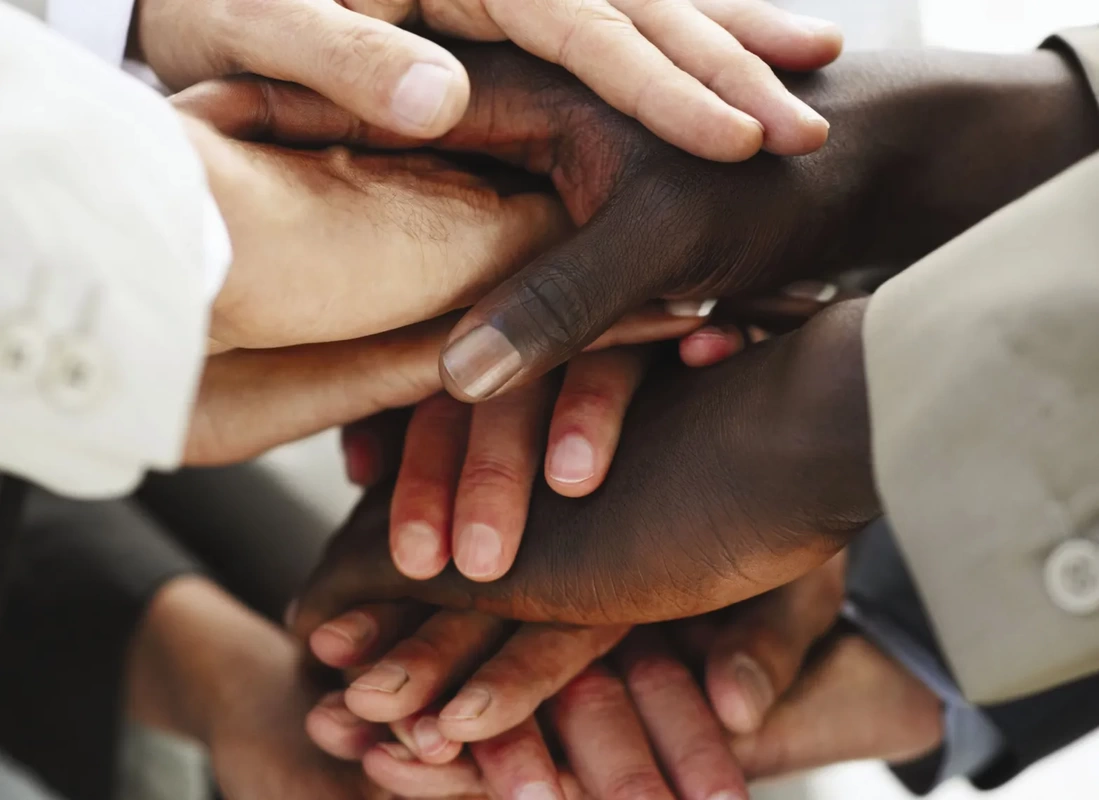
 RSS Feed
RSS Feed



